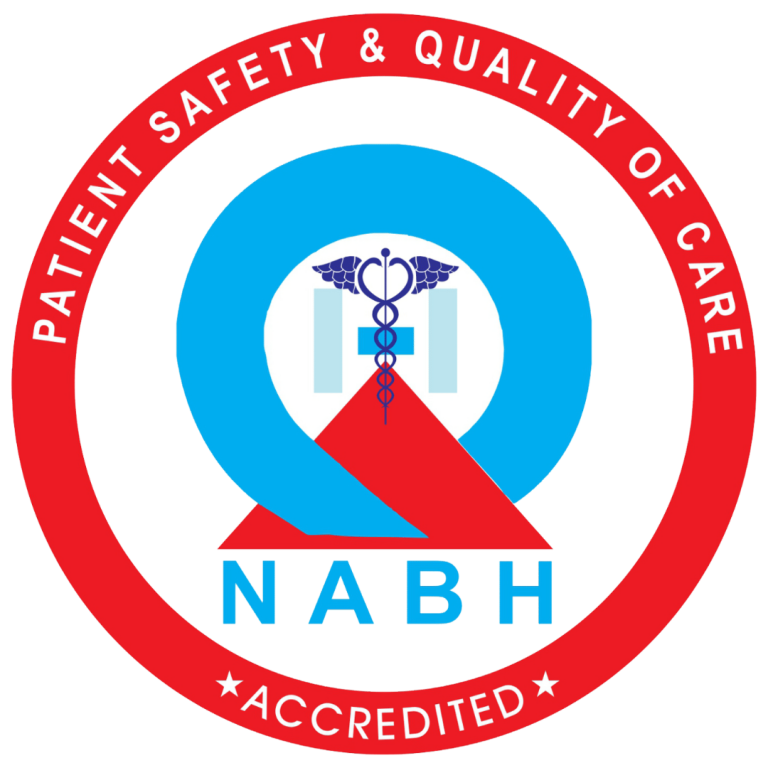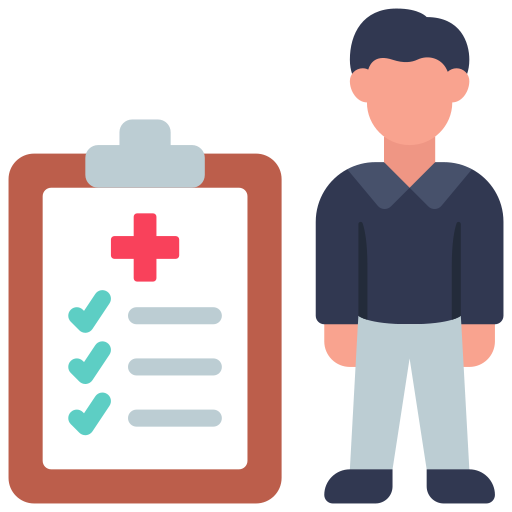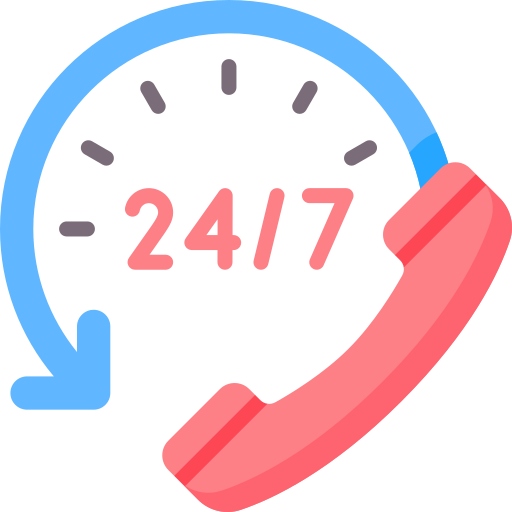Pediatric Cardiac Surgery
Pediatric cardiac surgery is one of the most delicate and specialized branches of medicine. It focuses on diagnosing and treating heart conditions in newborns, infants, children, and teenagers. When a child is diagnosed with a heart defect, it can be overwhelming for parents — emotionally, mentally, and physically. Understanding the process, available treatments, and what to expect plays a major role in reducing stress and making informed decisions.
This detailed guide explains everything you need to know about pediatric cardiac surgery, the care involved, and how children benefit from modern treatments
What Is Pediatric Cardiac Surgery?
Pediatric cardiac surgery involves surgical procedures that correct heart defects in children. These heart defects may be present from birth (congenital heart disorders) or develop later during childhood.
Some children require surgery within days of birth, while others may need it later in life depending on the severity of the condition. Pediatric cardiac surgeons work closely with pediatric cardiologists, anesthetists, and intensive care teams to provide safe and effective treatment.
Common Types of Congenital Heart Defects
Before understanding the surgeries, it’s important to know the common heart conditions treated through pediatric cardiac surgery:
- Atrial Septal Defect (ASD)
An opening in the partition separating the heart’s upper chambers. Small ASDs may close naturally, while larger ones often require surgical correction.
- Ventricular Septal Defect (VSD)
An opening in the heart’s lower chambers. Depending on the size, doctors decide whether the child needs surgery.
- Tetralogy of Fallot (TOF)
A combination of four heart abnormalities. This condition needs timely surgery to ensure proper blood flow.
- Patent Ductus Arteriosus (PDA)
A blood vessel that normally closes after birth remains open, causing excess blood flow. Some cases require surgical closure.
- Coarctation of the Aorta
A tightened section of the aorta that restricts blood flow. Surgery helps reduce pressure on the heart.
- Transposition of the Great Arteries (TGA)
A serious condition where major arteries are switched. Surgery is usually needed shortly after birth.
- Single Ventricle Defects
Complex heart defects where only one ventricle is functional, requiring staged surgeries.
These conditions are treatable, especially with early diagnosis and advanced surgical care.
How Pediatrics Cardiac Surgery Is Performed
Pediatric cardiac surgery is carried out using highly specialized techniques. The surgical approach depends on the defect and the age of the child. Here are the major methods:
- Open-Heart Surgery
The surgeon makes an incision in the chest and uses a heart-lung machine to support the child’s breathing and circulation. This is used for major heart repairs like VSD, TOF, and valve repair.
- Closed-Heart Surgery
Performed without using a heart-lung machine. Used for conditions like PDA ligation or certain types of narrowing.
- Minimally Invasive Surgery
Smaller incisions, faster recovery, and less pain. Suitable for certain congenital defects depending on child’s age and anatomy.
- Catheter-Based Treatments
A thin tube is inserted through a vessel to repair defects without open surgery. Often used for ASD closure, balloon dilatation, and stent placement.
Children generally recover well from these procedures with proper post-operative care and follow-up.
When Does a Child Need Pediatric Cardiac Surgery?
A pediatric cardiologist recommends surgery when:
- The heart defect threatens normal growth or development
- The child experiences breathlessness, fatigue, or feeding difficulty
- The defect affects oxygen levels
- The heart shows signs of overload or failure
- The condition is life-threatening
- The defect will not close on its own
Early diagnosis through echocardiography, ECG, CT scan, and advanced imaging helps determine the right time for surgery.
Pre-Surgery Evaluation
Before the surgery, doctors carry out several assessments to ensure safety:
- Complete Physical Examination
Checking growth, weight, and overall health.
- Diagnostic Tests
- ECG
- Echocardiogram
- Chest X-ray
- Blood tests
- CT angiography
- AnesthesiaAssessment
Pediatric anesthesiologists evaluate the child for safe sedation.
- Counselingfor Parents
Parents receive guidance about the procedure, recovery, expected outcomes, and long-term care.
Post-Surgery Care for Children
Recovery after pediatric cardiac surgery requires close monitoring. Children may spend a few days in the ICU and then shift to a regular ward.
Post-surgery care includes:
- Monitoring Vital Signs
Heartbeat, oxygen levels, and breathing.
- Pain Management
Children receive safe medications to keep them comfortable.
- Nutrition & Hydration
Feeding may start gradually, especially in infants.
- Respiratory Support
Breathing exercises, nebulization, and physiotherapy help lung recovery.
- Infection Prevention
Proper hygiene around the incision area is essential.
- Follow-Up Appointments
Regular check-ups ensure steady recovery and healthy heart function.
Parents are guided on activities, diet, medications, and signs to watch out for at home.
Benefits of Pediatric Cardiac Surgeries
Timely pediatric cardiac surgery provides several life-changing benefits:
- Enables normal growth and development
- Improves oxygen supply to the body
- Reduces breathing difficulties
- Prevents long-term complications
- Enhances stamina and energy
- Allows children to lead normal, active lives
- Improves overall quality of life
With modern medical technology, success rates of pediatric heart surgeries have increased significantly.
Long-Term Care After Paediatric Cardiac Surgery
After surgery, children need periodic follow-ups throughout childhood and sometimes into adulthood. Doctors may recommend:
- Regular echocardiograms
- Heart function monitoring
- Personalized exercise plans
- Diet guidance
- Immunizations and infection prevention
- Support for emotional well-being
Many children live completely normal lives after surgery, attending school, playing sports, and participating in daily activities like other kids.
Conclusion
Pediatric cardiac surgery offers hope and healing for children born with heart defects. With advancements in surgical techniques, equipment, and pediatric intensive care, outcomes have improved dramatically. Timely diagnosis and the right treatment plan help children develop physically, mentally, and emotionally without limitations. Whether it’s a simple defect or a complex condition, pediatric cardiac surgery gives children the chance to grow and live a healthy, fulfilling life.
Book an Appointment







